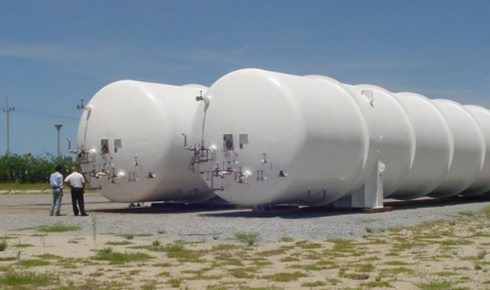Storage tanks are a silent backbone of many industries, quietly holding up vital materials like crude oil, chemicals, or industrial liquids. But their reliability doesn’t come by chance. These structures face environmental wear, operational stress, and time itself. Overlooking their condition can lead to catastrophic failure. That’s where inspections, especially those rooted in standards like API 653, play a crucial role in protecting both assets and the businesses behind them.
Understanding Asset Integrity In Tank Operations
Asset integrity refers to the ability of equipment to perform its required function effectively and efficiently while protecting health, safety, and the environment. For storage tanks, this means maintaining structure, containment, and reliability over decades. With fluctuating internal pressures and exposure to corrosive substances, these tanks are constantly tested. A strong inspection program isn’t optional—it’s essential.
Maintaining Compliance With API 653 Storage Tank Inspection
API 653 storage tank inspection is a standard developed by the American Petroleum Institute to govern the inspection, repair, alteration, and reconstruction of aboveground storage tanks. It applies to tanks built according to API 650 or API 12C and ensures that tanks meet minimum safety and performance benchmarks throughout their life cycle.
The api 653 storage tank inspection evaluates the tank’s foundation, shell, roof, and appurtenances. It identifies thinning of metal walls, corrosion, cracks, and settlement issues. Conducting API 653 inspections at regular intervals not only ensures compliance but also significantly reduces the risk of unplanned shutdowns and costly leaks.
Preventing Catastrophic Failures With API 653 Guidelines
Tanks left unchecked can become ticking time bombs. Over time, internal corrosion can eat away at metal, unseen beneath coatings and insulation. Settlement can shift a tank off-center, putting stress on connections. By following API 653 storage tank inspection protocols, operators get a systematic framework to catch these problems early.
Inspections also include non-destructive testing (NDT), ultrasonic thickness readings, and hydrostatic tests, ensuring structural soundness. These detailed evaluations save industries from multi-million-dollar disasters, regulatory fines, and environmental harm.
Extending Tank Lifespan Through API 653 Storage Tank Inspection
API 653 doesn’t just help detect failure; it actively supports longevity. By identifying parts that need repair or upgrade before failure occurs, it allows for proactive maintenance. Components like floor plates or nozzles can be repaired or replaced based on inspection findings rather than on emergency timelines.
A well-executed api 653 storage tank inspection allows companies to confidently extend service life without compromising safety. This means fewer replacements, reduced capital expenditure, and optimal return on investment over time.
Optimizing Maintenance Plans Using Inspection Data
One of the less obvious, but highly valuable, outcomes of storage tank inspections is the data generated. Each inspection builds a detailed picture of a tank’s health over time. Trends emerge—corrosion rates, settlement progression, and weld fatigue can all be tracked.
This data empowers smarter decisions. Instead of reactive maintenance, operators can schedule predictive maintenance tailored to each tank’s condition. Budgets are optimized. Downtime is minimized. And critical resources are allocated more efficiently.
Conclusion
API 653 storage tank inspection is more than a compliance checkbox. It’s a vital investment in long-term asset integrity. From preventing disasters and extending lifespan to enabling data-driven maintenance, it offers industries a structured and effective approach to tank management. With the right inspection routines and certified professionals in place, companies can operate with peace of mind, knowing their most valuable assets are in safe, reliable condition.





